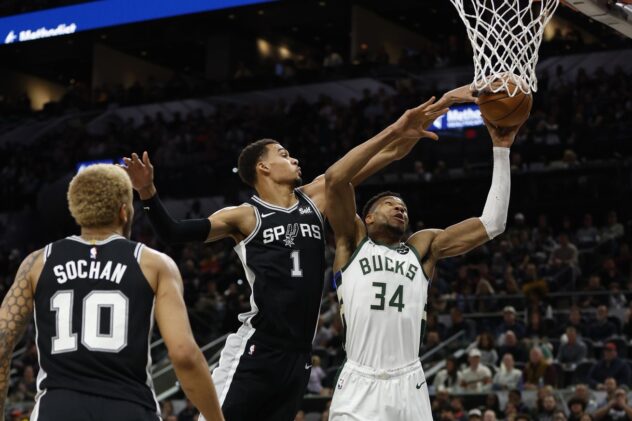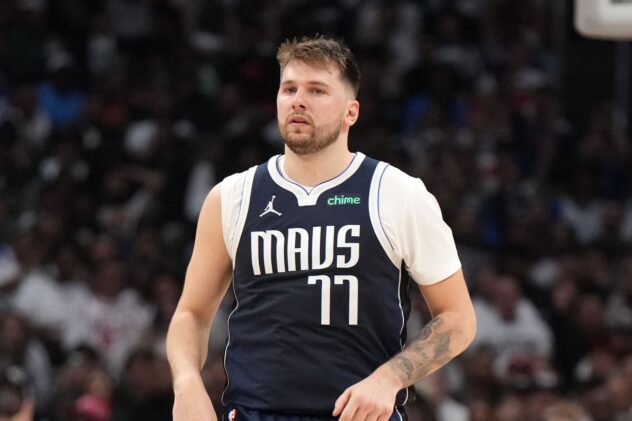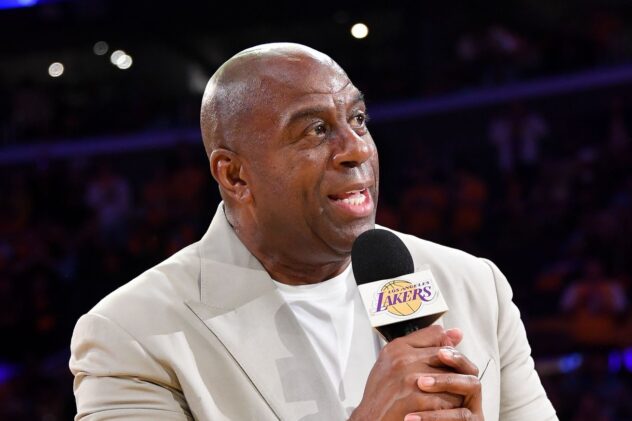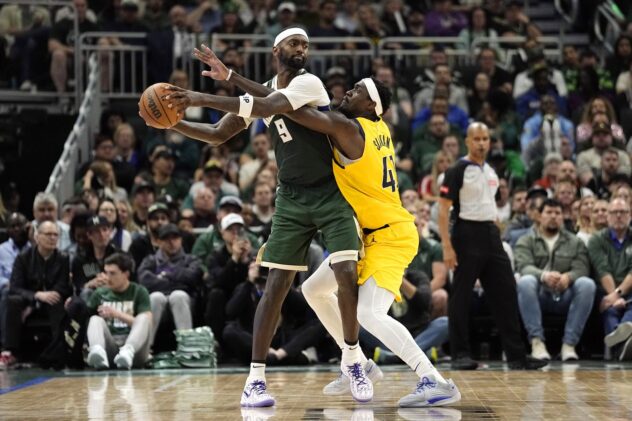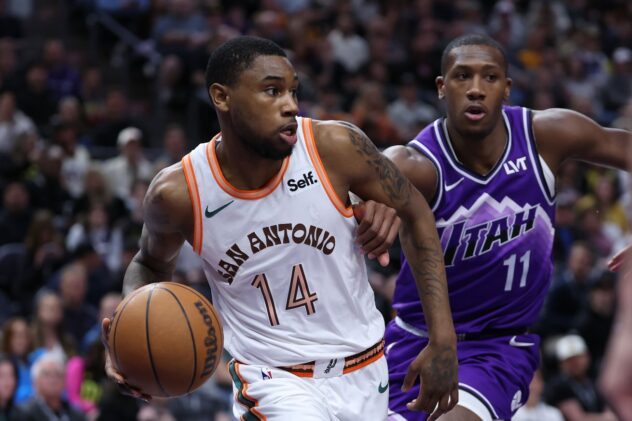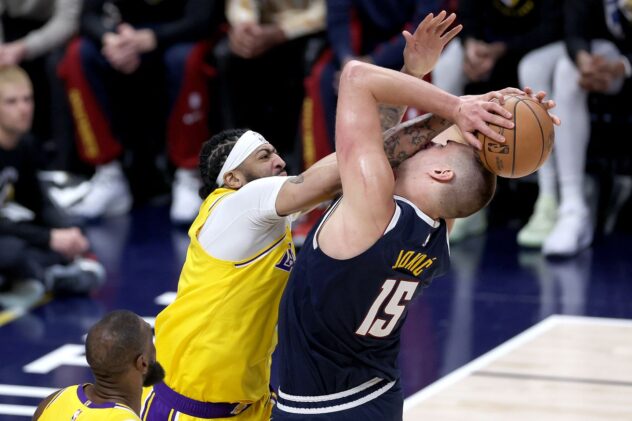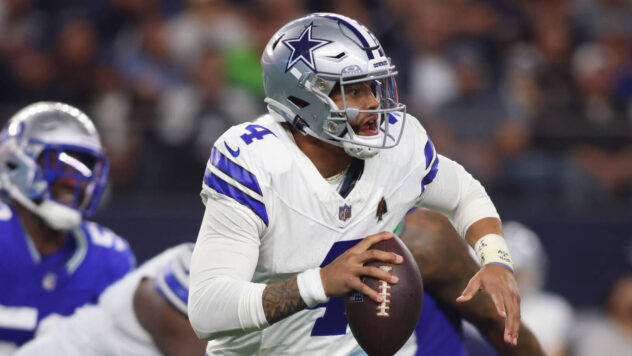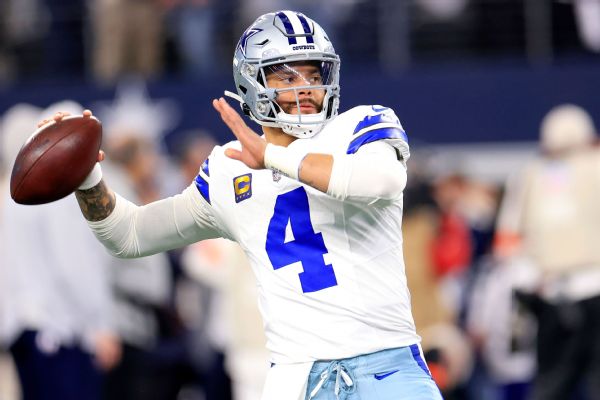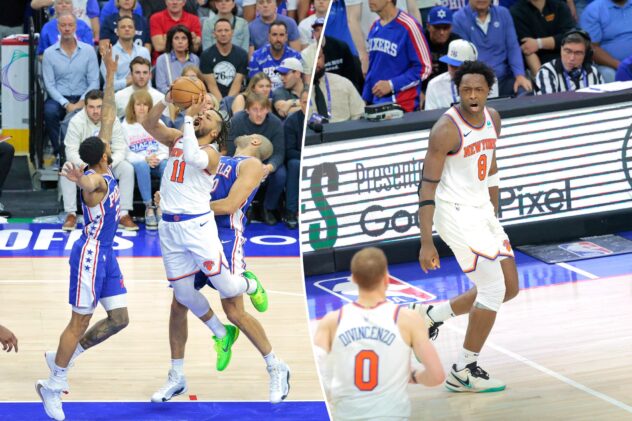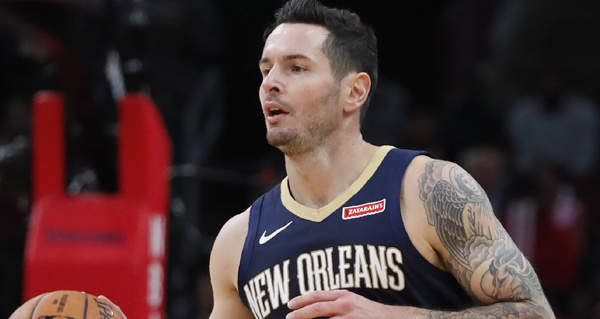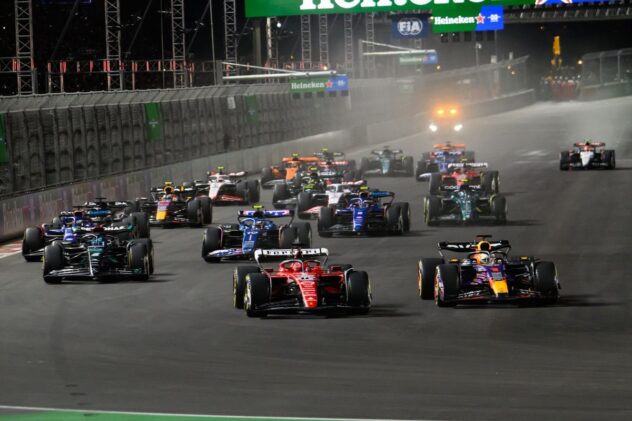Handicapping the Spurs’ 2021 1st round pick

The 2021 NBA Draft is this Thursday and, for a third year in a row, we’re taking a stab at quantifying who the Spurs could be targeting with their first round pick, currently sitting at 12 barring a draft-night move.
I’ll forego too much more of a table-setter here, both because this is a predominantly stupid exercise conducted by an otherwise highly serious and Twitter-verified basketball writer, but also because I’ve explained it in better detail in previous posts, linked below.
(To further illustrate how stupid it all is, here’s how the final calculation looks: Chance of being picked at 12 = (S.P.U.R. score) minus [1 divided by (1 divided by (12 minus average mock pick*))])
For some transparency, last year’s model actually did a good job of identifying Devin Vassell early but skewed in a different direction as we got closer to the draft. The good news: it was considerably better than my first go-around in 2019.
Average pick in mock drafts:
I used the following mock drafts to calibrate who is mostly going to be available around the 12 spot, as well as to feed into whom the Spurs may be targeting with the pick: Sam Vecenie, The Athletic; Jonathan Wasserman, Bleacher Report, Kyle Boone, CBS Sports; Kevin O’Connor, The Ringer; Jonathan Givony, ESPN; Jeremy Woo, Sports Illustrated.
Here’s how the top 20 projected players looked on average, across the most recent versions of these 6 mocks:
- Cade Cunningham, OK State (avg pick: 1)
- Jalen Green, G League (2.2)
- Evan Mobley, USC (2.8)
- Jalen Suggs, Gonzaga (4)
- Scottie Barnes, FSU (5)
- Jonathan Kuminga, G League (6.7)
- Jonathan Bouknight, UConn (7.2)
- Franz Wagner, Michigan (9.2)
- Moses Moodey, Arkansas (10.5)
- Josh Giddey, Australia (11.8)
- Davion Mitchell, Baylor (12)
- Corey Kispert, Gonzaga (12.2)
- Keon Johnson, Tennessee (14.3)
- Kai Jones, Texas (14.7)
- Alperen Sengun, Turkey (14.8)
- Jalen Johnson, Duke (16.2)
- Chris Duarte, Oregon (16.5)
- Usman Garuba, Spain (16.8)
- Ziaire Williams, Stanford (17.8)
- Trey Murphy, Virginia (21.3)
You can poke holes in this every step of the way, but it’s generally important to weigh a prospect’s average slot. The Spurs aren’t going to realistically be able to select a player too high up, and shouldn’t be expected to dip too far back, either, although it wouldn’t be completely out of character for them to go against many experts’ big boards. PATFO often know what they want, after all.
In this case, we see a handful of players hovering around the Spurs’ current draft slot, with Baylor guard Mitchell sitting bang-on at 12. That gives him an inside track for this exercise, but that’s where the genius of this system comes in to counterbalance one measly data point. Maybe.
With average draft slots already taking into account certain player strengths, character question marks, etc., I try not to weigh those too much in a vacuum. Rather, the next step, which is building out a S.P.U.R. score, is looking at how that player may fit with the core roster’s strengths and needs. Here’s how that gets tallied up this year:
Calculating this year’s S.P.U.R. score:
Offensive skillset projection:
- +3 for a primary creator and/or offensive anchor;
- +2 for a skilled big, versatile wing or guard/wing;
- +1 for a guard/wing with limited on-ball and off-ball skills (stand-still shooter at best), or big with limited ball skills
Defensive role projection:
- +3 for a switchable big wing
- +2 for versatile big or strong perimeter defender
- +1 for limited big or guard defender
Mock draft bonus:
+1 for any time a mock draft has the Spurs specifically choosing a player. Again, not perfect but it helps counter players who simply average out around the 12 spot but aren’t actually viewed as a possible selection based on some combination of a draft expert’s intel and projection.
Shooting bonus:
It’s no secret the Spurs need to shore up their outside shooting, probably through the draft and free agency. Here’s how that’s weighed.
- +2 for known skills as a three-point shooter — someone like Gonzaga’s Kispert.
- +1 for theoretical shooting projection — someone like Sengun or Kuminga, whom a team is likely drafting with the expectation that they’ll either be able to extend their game to the line or improve the clip at which they’re shooting.
Spurs workout/interview bonus:
While we don’t know all of these, the ones that do get reported in the lead-up to the draft do paint a picture for whom the Spurs’ front office is more interested in. Mitchell, Kai Jones, Kispert, Keon Johnson, Alperen Sengun, Trey Murphy and Isaiah Jackson are among the confirmed workouts or interviews and, thus, get a boost in the algorithm. See, it’s highly scientific.
- +2 for a reported predraft workout
- +1 for a reported predraft interview
S.P.U.R. Points Leaders
All of that said, here’s who scored well purely on S.P.U.R. points:
9 points:
- Davion Mitchell
- Kai Jones
- Alperen Sengun
- Trey Murphy
8 points:
- Cade Cunningham
- Corey Kispert
- Jalen Johnson
7 points:
- Evan Mobley
- Jonathan Kuminga
- Franz Wagner
- Moses Moodey
- Usman Garuba
- Ziaire Williams
Final tally:
4th place, 6.9 points: Alperen Sengun, Besiktas
3nd place, 7 points: Kai Jones, Texas
2nd place, 7.9 points: Corey Kispert, Gonzaga
Prediction, 9 points: Davion Mitchell, 22 years old, 6-2, Guard, Baylor
If you read through all the above, it may not surprise that Mitchell is who the algorithm liked the most. He’s expected to be selected right around the 12th slot (only The Ringer’s Kevin O’Connor actually had him going before 12, at 8), and his likelihood benefits from getting a good look in the predraft process, as well as his defense and shot creation.
Yes, he’s another guard (and not a particularly tall one at that) and, yes, the Spurs have greater roster holes, but there’s no guarantee anyone on the roster is destined for stardom. A more natural playmaker and player who can score at all three levels can do wonders to apply structure to a lineup.
Yes, he’ll be 23 in a few months, but age may not be a negative when you consider the Spurs’ success with drafting Derrick White, as well as how soon Pop (also not young) and the rest of the front office want to be competitive again.
[embedded content]
(Yes, I’m also surprised the computer didn’t go with Sengun.)

